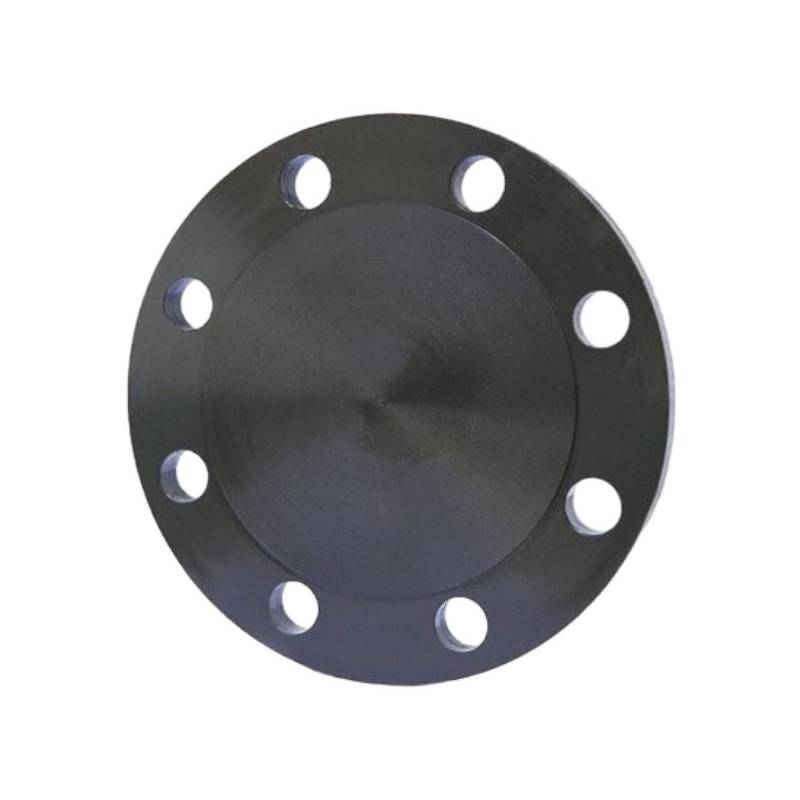-
Cangzhou Yulong Steel Co., Ltd.
-
Phone:
+86 13303177267 -
Email:
admin@ylsteelfittings.com
- English
- Arabic
- Italian
- Spanish
- Portuguese
- German
- kazakh
- Persian
- Greek
- French
- Russian
- Polish
- Thai
- Indonesian
- Vietnamese
- Zulu
- Korean
- Uzbek
- Hindi
- Serbian
- Malay
- Ukrainian
- Gujarati
- Haitian Creole
- hausa
- hawaiian
- Hebrew
- Miao
- Hungarian
- Icelandic
- igbo
- irish
- Japanese
- Javanese
- Kannada
- Khmer
- Rwandese
- Afrikaans
- Albanian
- Amharic
- Armenian
- Azerbaijani
- Basque
- Belarusian
- Bengali
- Bosnian
- Bulgarian
- Catalan
- Cebuano
- China
- China (Taiwan)
- Corsican
- Croatian
- Czech
- Danish
- Esperanto
- Estonian
- Finnish
- Frisian
- Galician
- Georgian
- Kurdish
- Kyrgyz
- Lao
- Latin
- Latvian
- Lithuanian
- Luxembourgish
- Macedonian
- Malgashi
- Malayalam
- Maltese
- Maori
- Marathi
- Mongolian
- Myanmar
- Nepali
- Norwegian
- Norwegian
- Occitan
- Pashto
- Dutch
- Punjabi
- Romanian
- Samoan
- Scottish Gaelic
- Sesotho
- Shona
- Sindhi
- Sinhala
- Slovak
- Slovenian
- Somali
- Sundanese
- Swahili
- Swedish
- Tagalog
- Tajik
- Tamil
- Tatar
- Telugu
- Turkish
- Turkmen
- Urdu
- Uighur
- Welsh
- Bantu
- Yiddish
- Yoruba

Dec . 17, 2024 23:55 Back to list
6 stainless steel pipe
Understanding 6% Stainless Steel Pipe Applications, Benefits, and Properties
Stainless steel pipes have become a cornerstone in a variety of industries due to their superior resistance to corrosion, high durability, and excellent mechanical properties. Among the various grades of stainless steel, a specific category often mentioned is the 6% stainless steel pipe. This designation can refer to a particular alloy composition, primarily noting that it contains around 6% of one or more alloying elements, contributing to enhanced performance in specific applications.
Composition and Properties
Typically, stainless steel is alloyed with elements such as chromium, nickel, molybdenum, and others to improve its properties. For instance, Stainless Steel 316, one of the most common types, contains approximately 16% chromium, 10% nickel, and 2% molybdenum, giving it exceptional corrosion resistance, especially against chlorides. The addition of 6% of certain alloying elements, such as molybdenum, enhances the material's ability to withstand harsh environments, making it ideal for industrial applications.
The primary characteristic of 6% stainless steel pipes is their excellent resistance to pitting and crevice corrosion, particularly in marine environments or chemical processing applications. This makes them an ideal choice for industries like oil and gas, food processing, pharmaceuticals, and even in construction where exposure to corrosive substances is common.
Applications
The applications of 6% stainless steel pipes are vast and varied. In the oil and gas industry, these pipes are often used for refining processes and transporting corrosive fluids. Their ability to withstand high temperatures and pressures ensures safety and reliability. Furthermore, in the food and beverage sector, where hygiene is paramount, the use of stainless steel pipes made of high-grade alloys is essential. These materials are easy to clean and do not react with food substances, ensuring that the final product is safe for consumption.
6 stainless steel pipe

Other applications include pharmaceuticals, where pipes must not only be non-reactive but also capable of handling high levels of sterilization processes. The automotive industry also benefits from 6% stainless steel pipes, particularly for exhaust systems and other components that must endure fluctuating temperatures and corrosive environments.
Advantages
The advantages of using 6% stainless steel pipes extend beyond basic material properties. For starters, their longevity significantly reduces the need for frequent replacements, which not only saves costs but also minimizes downtime in production settings. Additionally, the maintenance cost associated with stainless steel is considerably lower than that of carbon steel due to its corrosion-resistant nature.
Another key benefit is sustainability. Unlike other materials, stainless steel is fully recyclable, and its longevity contributes to a lower overall environmental footprint. This aspect is increasingly important for industries looking to enhance their environmental stewardship and sustainability practices.
Conclusion
In conclusion, 6% stainless steel pipes represent a crucial advancement in material science, providing excellent solutions to industries facing the challenge of corrosion and wear. Their unique combination of durability and resistance makes them indispensable in many applications, from the oil and gas sector to food processing and pharmaceuticals. As industries continue to push for higher standards in safety and reliability, the role of stainless steel pipes, particularly those with optimal alloying elements like 6% molybdenum, will only increase. This not only ensures enhanced performance but aligns with a future-oriented approach towards sustainable industrial practices.
In summary, investing in high-quality stainless steel pipes is not just a wise economic decision; it is also an investment in durability, safety, and sustainability for the future of manufacturing and infrastructure development.
Latest news
-
ANSI 150P SS304 SO FLANGE
NewsFeb.14,2025
-
ASTM A333GR6 STEEL PIPE
NewsJan.20,2025
-
ANSI B16.5 WELDING NECK FLANGE
NewsJan.15,2026
-
ANSI B16.5 SLIP-ON FLANGE
NewsApr.19,2024
-
SABS 1123 FLANGE
NewsJan.15,2025
-
DIN86044 PLATE FLANGE
NewsApr.19,2024
-
DIN2527 BLIND FLANGE
NewsApr.12,2024
-
JIS B2311 Butt-Welding Fittings LR/SR 45°/90° /180°Seamless/Weld
NewsApr.23,2024











